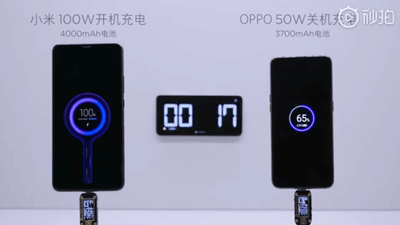What types of standards are there for fast charging smartphones?

In recent years, smartphone quick-charging technology has become widespread, allowing batteries to be charged at speeds that are incomparable to those in the early days of smartphones. There are various types of quick-charging standards for smartphones, so GitHub user
How to quickly charge your smartphone: fast charging technologies in detail
https://eb43.github.io/articles/fast-charging-technologies-in-detail.html
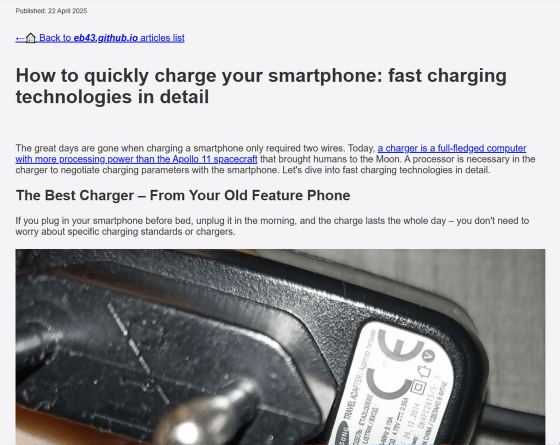
In today's world, where we can't let go of our smartphones all the time, charging speed is important, but if you plug in the charging cable before going to bed at night and unplug the cable the next morning to keep charging all day, low-power charging like that of old feature phones is ideal. These chargers maintain a low power output of around 2 to 5 W and charge for about 5 to 7 hours depending on the power of the adapter and the battery capacity.
Such slow charging is ideal for extending the lifespan of a battery, minimizing degradation. In a study comparing 5W and 25W charging on multiple smartphone batteries, it was shown that 25W charging led to up to 1.6% battery degradation every 100 days.
However, in modern times, smartphones often run out of charge not only at night but also during the day or when you're out and about, making it difficult to leave them plugged into a charger for a few hours. This is why there is a need for fast charging, which can significantly restore the battery in a few minutes to an hour. The definition of 'fast charging' has changed over time, but in Android 15 and later, if the charger supplies at least 20W of power, a fast charging notification will be displayed on the smartphone.
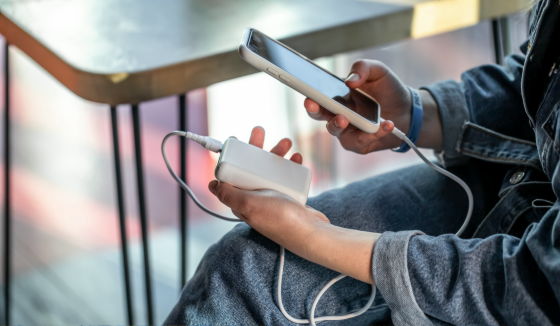
There are many different standards for fast charging, and if your smartphone and charger do not support the same standard, fast charging will not be possible. Eb43 introduces the various fast charging standards that exist in the world.
◆USB PD (USB Power Delivery)
There are various versions of USB PD: USB PD 1.0 supports voltage parameters of 5V, 12V, and 20V, USB PD 2.0/3.0 supports 5V, 9V, 15V, and 20V, and the latest version, USB PD 3.1, supports 28V, 36V, and 48V at the time of writing. The maximum power is 100W for USB PD 1.0/2.0/3.0 and 240W for USB PD 3.1.
◆Qualcomm Quick Charge (QC)
QC is a fast charging standard developed by chip manufacturer Qualcomm and is available on various smartphones equipped with Qualcomm processors. There are several versions of QC, but at the time of writing, the latest QC 4/4+/5 are all compatible with USB PD and can charge at up to 100W.
◆MediaTek Pump Express
Pump Express is a fast charging standard developed by MediaTek, a Taiwanese semiconductor manufacturer, and Eb43 describes it as 'a proprietary fast charging standard that is very similar to Qualcomm's QC.' At the time of writing, MediaTek no longer actively promotes Pump Express, but Pump Express 4.0, introduced about 10 years ago, is compatible with USB PD 3.0.
In 2016, Pump Express 3.0 was released to solve the problem of heat generation caused by charging by introducing a mechanism that allows current to flow directly from the adapter to the battery without passing through the charging control circuit built into the smartphone. This 'DIRECT CHARGING' power supply method allowed Pump Express 3.0 to significantly reduce the heat generated by smartphones.
'Pump Express 3.0', the world's fastest charging standard that can charge a smartphone battery from zero to 70% in 20 minutes - GIGAZINE
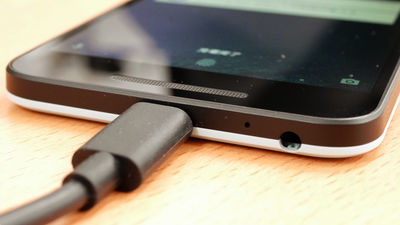
◆Voltage Open Loop (VOOC) and SuperVOOC
VOOC and SuperVOOC are fast-charging standards that can be used by smartphones from companies such as Realme and Oppo, but because parent company BBK is reluctant to license the standards to third-party charger manufacturers, fast charging is only possible using the cable and charger that comes with the smartphone when purchased.
VOOC was first released in 2014, supporting 5V/4A to double the charging speed compared to the standard 5V/2A charging standard at the time. SuperVOOC, released two years later, is designed to reduce heat generation by having dual-cell batteries in supported smartphones and a charging controller in the charger rather than the smartphone. As of the time of writing, the latest SuperVOOC 240W can charge at up to 240W, as its name suggests.
◆Mi Turbo Charge and Xiaomi HyperCharge
These are fast charging standards that only work with Xiaomi, Poco, and Redmi smartphones and the cables and chargers that come with them. Mi Turbo Charge is the name of the early fast charging technology provided by Xiaomi, which is called Xiaomi HyperCharge at the time of writing. The USB Type-A connector used by Xiaomi HyperCharge has 5-pin physical contacts instead of the usual 4-pin, and will not work with a regular USB Type-A connector.
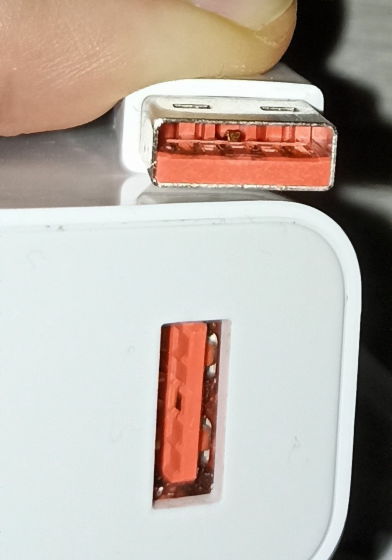
Xiaomi boasts a maximum charging speed of 120W in its promotional materials, but this only works when connected to a 240V power outlet, and in many countries, including Japan and the US, the maximum charging speed is only 96W.
◆Motorola TurboPower
Previously Motorola used standard fast charging methods, but the latest models use their own proprietary Motorola TurboPower , with the maximum power output being 125W when using the latest charger.
◆Samsung Adaptive Fast Charge (AFC) and Super Fast Charge (SFC)
AFC and SFC are fast charging standards provided by Samsung, AFC provides up to 18W and is compatible with most of the latest Samsung smartphones, while SFC has two versions: Super Fast Charge 1.0, which can charge at up to 25W, and Super Fast Charge 2.0, which can provide up to 45W, and Super Fast Charge 1.0 is compatible with USB PD 3.0.
◆Huawei Fast Charge Protocol (FCP) and SuperCharge Protocol (SCP)
FCP and SCP are fast charging standards promoted by Huawei, with FCP released in 2015 being able to charge at up to 18W, and SCP released in 2016 being able to charge at up to 100W. SCP includes a variety of voltage and power combinations, and is also featured in the latest models such as the Mate 20 Pro, Mate 40 Pro, and P60 Pro.
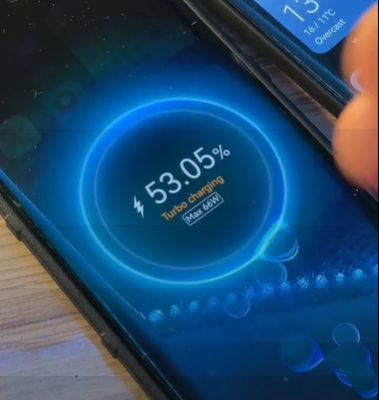
◆Anker PowerIQ
Fast charging standards are not only defined by smartphone and processor manufacturers, but also by Anker, a manufacturer of chargers and USB cables, which has its own standard, Anker PowerIQ. At the time of writing, the latest Anker PowerIQ 3.0 is compatible with USB PD and QC 3.0 and can charge up to 100W.
Apple also offers iPhone users a fast charging technology called FastCharge, but this is just a marketing name; the actual iPhone uses the USB PD standard.
Related Posts:
